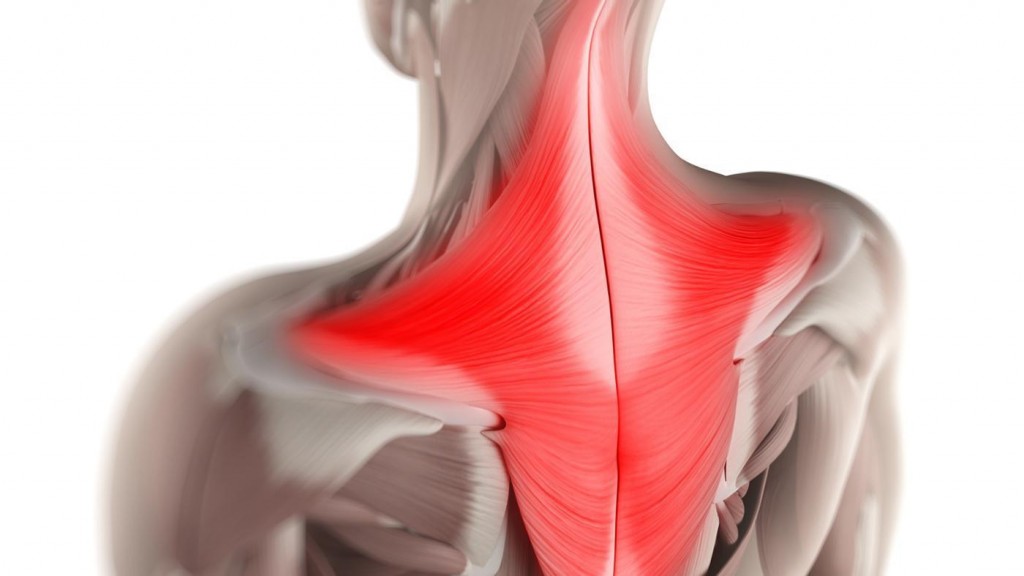There seems to be a split between those trainers who train their traps (trapezius muscle structure) with their shoulders and those who train them during a back workout. The traps span from the neck down to the central region of the back and are responsible for various movements of the scapular. Many people tend to mainly focus on the upper region of the traps, where the muscle is notable from the front of the body, providing the classic coat hanger appearance if well developed.
Training the traps with the shoulders
This may be the slightly more popular choice, and arguably more logical. However, training the traps for most gym goers will involve a shrug variation or an upright row exercise, with both targeting the upper region of the muscle structure. The middle and lower fibres of the trapezius tend to be involved during scapular retraction and depression, and are therefore recruited effectively during a back workout. The upper traps, responsible for scapular elevation, are involved in many shoulder exercises. So for trainers who tend to target their traps with shrugs and upright rows; after a shoulder workout seems like a reasonable time to do so as these exercises primarily targeted the upper region of the traps.
Traps with back
As briefly mentioned above, the traps are also responsible for scapular retraction and depression, so the full muscle structure will not be targeted from shrugs alone. Fortunately, if you follow a well balanced training program the lower and middle trapezius will likely be well exercised from popular back exercises.
The middle fibres will be recruited during row variations as the scapular is retracted. Pull up variations will effectively stimulate the lower portion of the trapezius, with the depression of the scapular. It is clear that a well balanced back workout will therefore exercise the middle and lower portions, but some trainers may decide to include an incline shrug (shrug performed face down on a steep incline bench) or face pull (row performed at head level) exercise during the back session if they feel their middle and lower traps require special attention.

